
WASHINGTON — Two local shipper groups have dropped their challenge to Canadian National’s proposed sale of former Wisconsin Central branches to short line operator Watco. Wisconsin Central Group and the Lake States Shippers Association met with Watco’s leadership team last week in Green Bay, Wis., and have decided to support the transaction involving 650 miles […]
Read More…
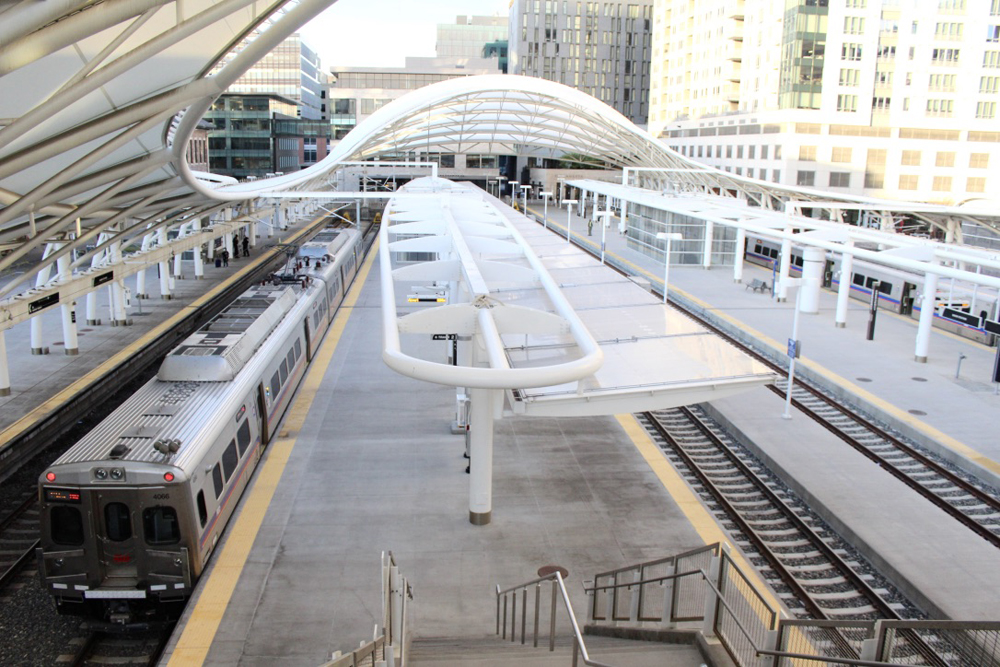
DENVER – The last vestige of north-south passenger trains serving the Mile-High City disappeared 50 years ago when Santa Fe’s ragamuffin round trip to the east-west main line at La Junta, Colo., didn’t transition to Amtrak. But work is well under way to change that. The Southwest Chief and Front Range Passenger Rail Commission is […]
Read More…
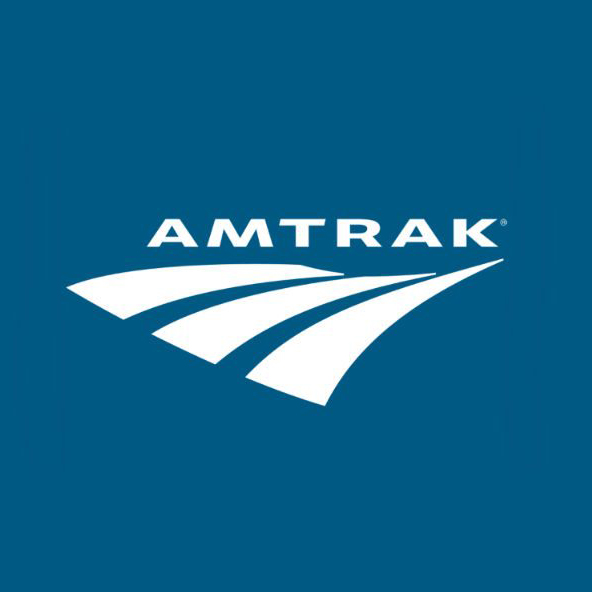
Amtrak tickets on Northeast Corridor will now show carbon-emission savings Amtrak will add information on carbon-emission savings to Northeast Corridor tickets, showing how much they saved by not driving and by not flying. On the electrified route between Boston and Washington, D.C., Amtrak says use of its trains produces 83% less emissions than driving and […]
Read More…

Aberdeen Carolina & Western rebuilds six locomotives for Savage North Carolina’s Aberdeen Carolina & Western Railway and rail operations and logistics company Savage Services have combined to rebuild six locomotives for a Houston industrial facility. The four SD40-2 and two MP15 were rebuilt at the AC&W’s shops under the direction of Steven Weathers, the railroad’s […]
Read More…
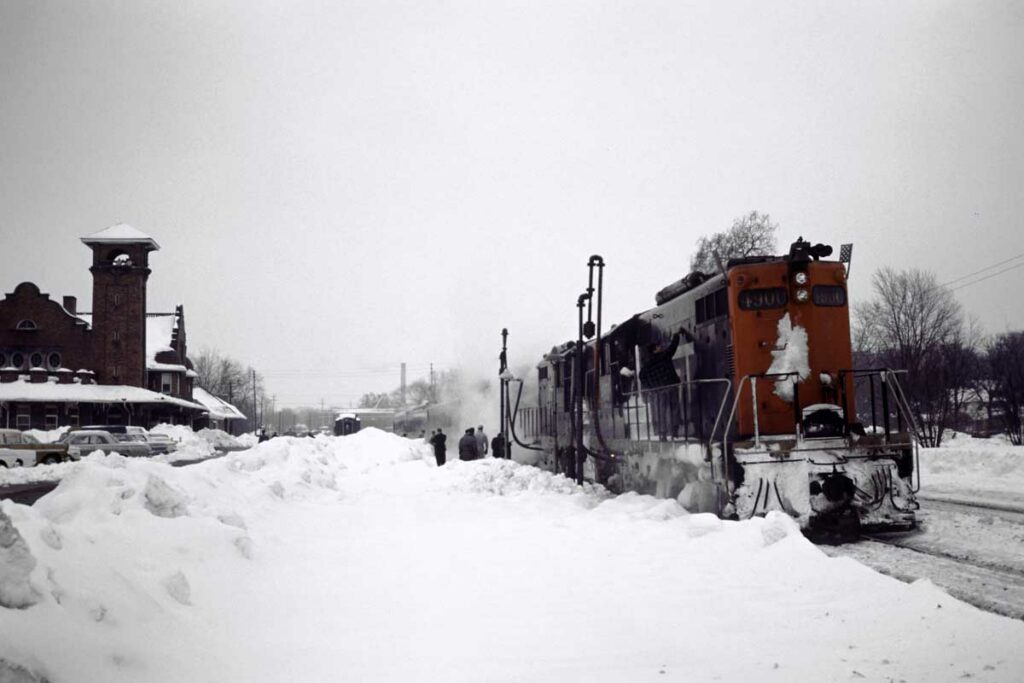
Windy City excursion A Michigan Railroad Club special from Detroit to Chicago pauses for a crew change at Battle Creek, Mich., in February 1967, following a 28-inch snowfall. The two locomotives, Nos. 4900 and 4901, were the GTW’s first passenger diesels, acquired as Nos. 1750-1751 in 1954. Photo by J. David Ingles […]
Read More…
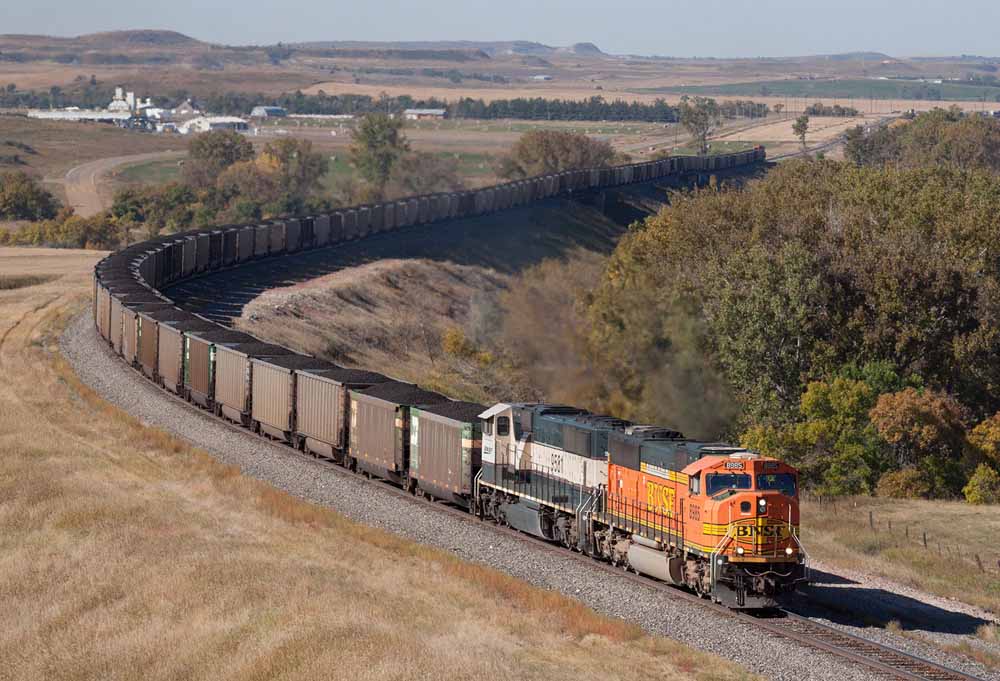
The 1990s were a decade of change for the rail industry. One of the biggest changes was ushered in by the introduction of the EMD SD70MAC diesel locomotive. The transformation of railroad rosters from D.C. traction locomotives to A.C. traction began, and the results have revolutionized railroads big and small. EMD’s SD70MAC was the first […]
Read More…
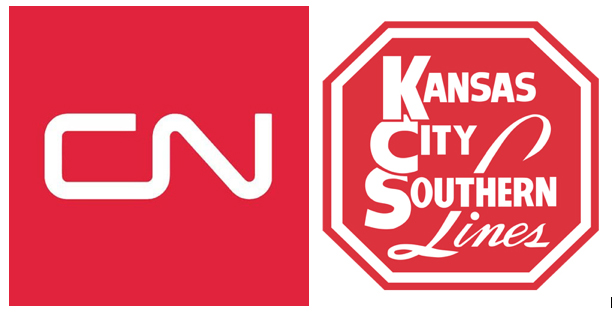
KANSAS CITY, Mo. — Kansas City Southern will begin discussions with Canadian National over its offer for the railroad after the KCS board of directors determined the CN bid could reasonably be expected to lead to a “company superior proposal,” as defined in its merger agreement with Canadian Pacific, KCS announced in a Saturday press […]
Read More…
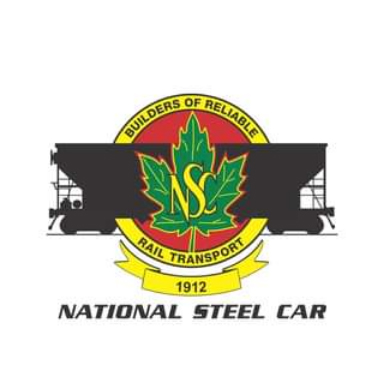
National Steel Car stops manufacturing because of virus outbreak Canadian freight car manufacturer National Steel Car has voluntarily shut down because of a COVID-19 outbreak in its manufacturing division. Global News reports the company in Hamilton, Ont., announced the decision on Friday, saying the closure will last for two weeks and was made in consultation […]
Read More…
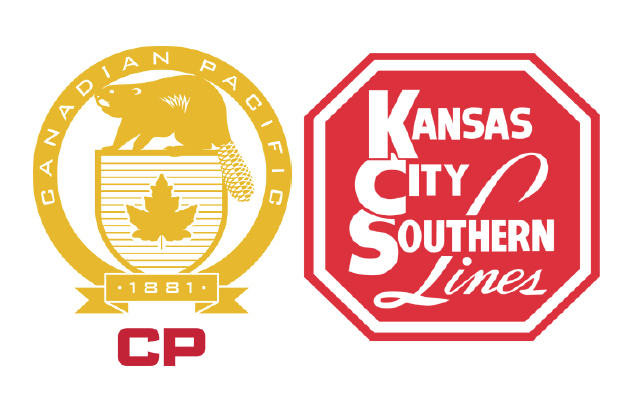
WASHINGTON — The Surface Transportation Board ruled late Friday that it would apply its pre-2001 merger regulations in its consideration of the potential merger of Canadian Pacific and Kansas City Southern, granting the waiver specified for mergers involving KCS when new, stricter merger rules were adopted in 2001. In a 4-1 decision announced shortly before […]
Read More…

As Canadian Pacific and Canadian National continue their duel for control of Kansas City Southern, one topic keeps coming up: Why don’t the Canadian railways jointly acquire KCS and split it up? With so much bad blood between CP and CN it’s not a likely scenario, as their war of words has escalated this week. […]
Read More…
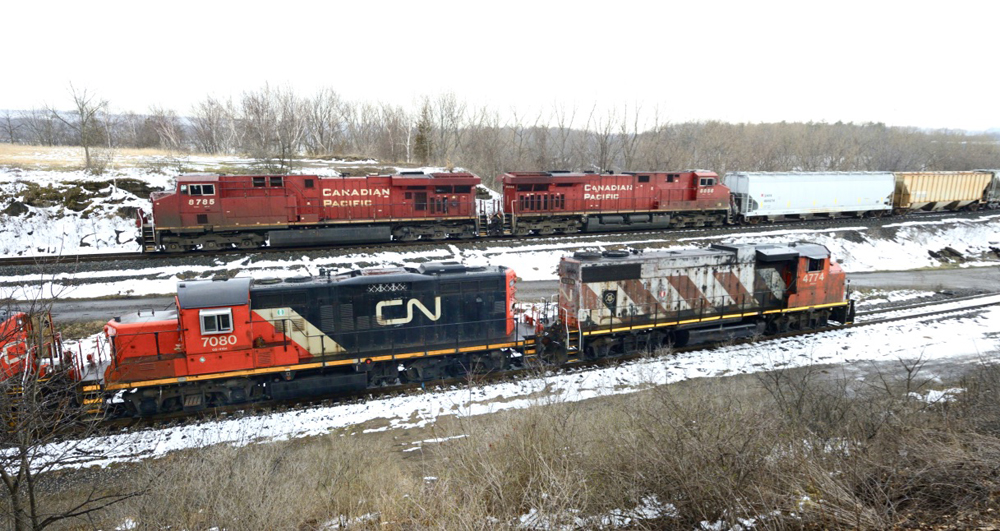
WASHINGTON – The railroad duel of the 21st century continues. In a letter to federal regulators, Canadian National today touted its “superior” bid for Kansas City Southern and sought to correct “misleading statements” that Canadian Pacific made this week about a potential CN-KCS merger. Last month CP and KCS reached a friendly, $29 billion deal […]
Read More…

CHICAGO — The Metra board of directors has approved a Request for Proposals to convert three of Metra’s F40PH-3 diesels into battery-powered, zero-emission diesels, with the aim of awarding a contract this fall and having the first locomotive delivered 30 months later. “This proposal could be game-changing,” Metra Executive Director/CEO Jim Derwinski said in a […]
Read More…












